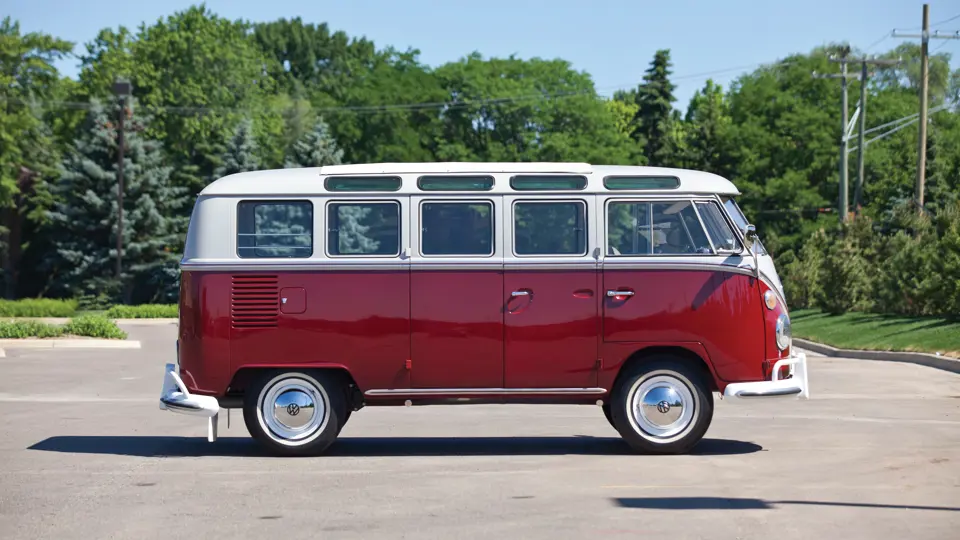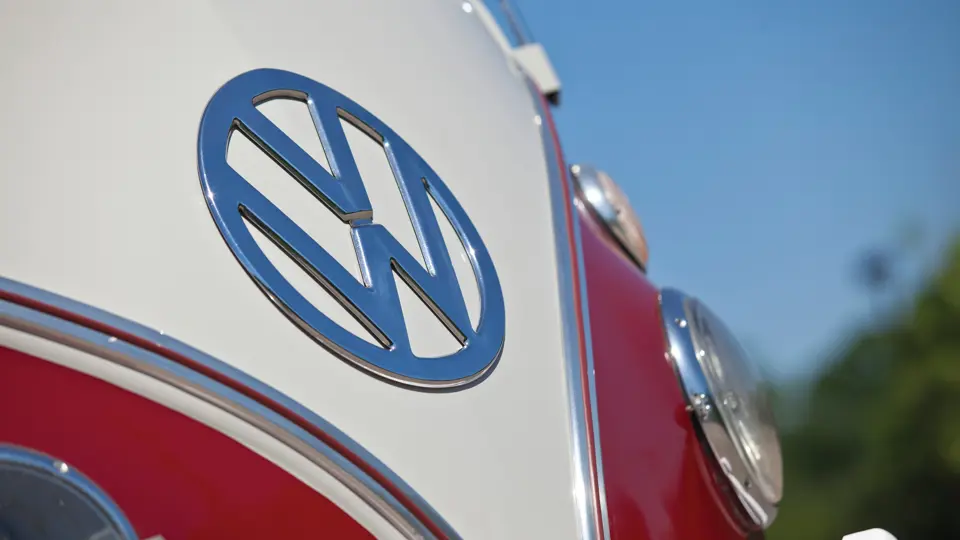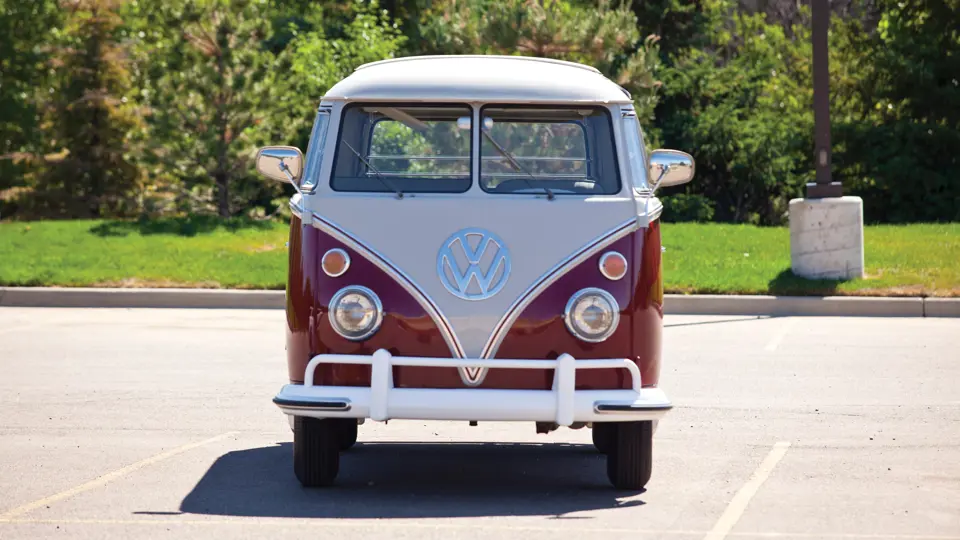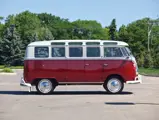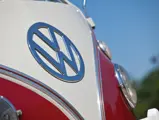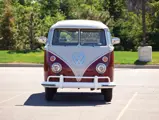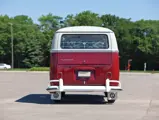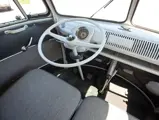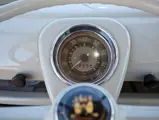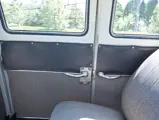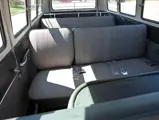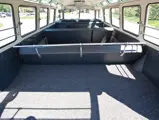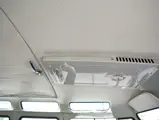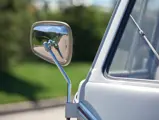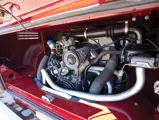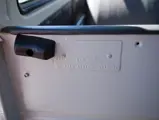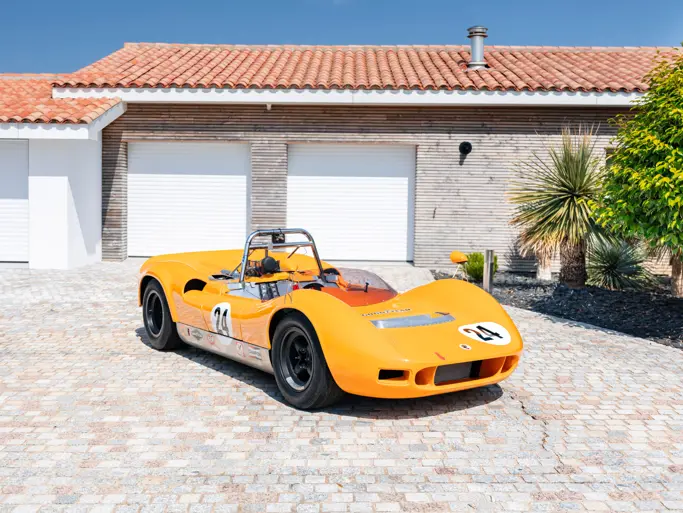Type 2. 40 bhp, 1,500 cc OHV air-cooled horizontally opposed four-cylinder engine with Solex carburetor, four-speed synchromesh manual transmission, independent front suspension by transverse torsion bars with upper and lower radius arms, swing-axle rear suspension with trailing arms and torsion bar, and four-wheel hydraulic drum brakes. Wheelbase: 94.5 in.
With more than 21 million sold worldwide, the Volkswagen Type 1 (or Beetle, as it was nicknamed soon after its debut) would become the best-selling car of all-time. Originally under the direction of the German government to build a “people’s car,” Dr. Ferdinand Porsche set about building prototypes in Stuttgart in the mid-1930s. Production began under British occupation in Germany before the end of 1945 with worldwide exports beginning in the early 1950s. The car rapidly became known for its impressive quality and reliability.
Volkswagen, like other manufacturers, continued to refine the car and develop variations of the original car while sharing components in order to increase production efficiency and profitability. One of those variants, the Volkswagen Transporter, first arrived on the American continent in 1950. Competition was non-existent, as there was nothing like it on the market at the time. Using standard Beetle components, it was at once familiar and easy to maintain, as parts were readily available. It quickly became popular as an efficient way to move people. Dubbed the Microbus, it further evolved into other models, including a pickup truck and cargo/delivery van. Its combination of efficiency and practicality made it an instant hit with the “flower power” generation, and its boxy design made it the perfect canvas for peace signs, pop art flowers, and psychedelic paint schemes.
VW’s Dutch importer, Ben Pon, is credited with the idea for the Type II. Pon visited the VW factory in Wolfsburg, Germany, with the intention of buying Beetles to import to the Netherlands. There he saw an improvised vehicle used to transport parts. He proposed a better idea using the Type 1 chassis and did so, with a doodle dated 23 April 1947. With production at capacity, however, the idea had to wait. The first unit rolled off the production line on 12 November 1949.
The 21-window model is the rarest of the Microbus variants, and in many ways, it is considered the “Cadillac” of Volkswagens, making it highly desirable among collectors today.
A comprehensive restoration of the vehicle offered here was completed in 2000, after which it was an award-winner at the Palm Springs Concours d’Elegance. Finished in two-tone red and white and optioned with a canvas sunroof, it has been part of the consignor’s collection for 15 years, and he reports it to have been well-maintained and driven only 300 miles during that time. It remains in beautiful condition and would be groovy fun for the whole family on the way to local shows and cruise-ins.

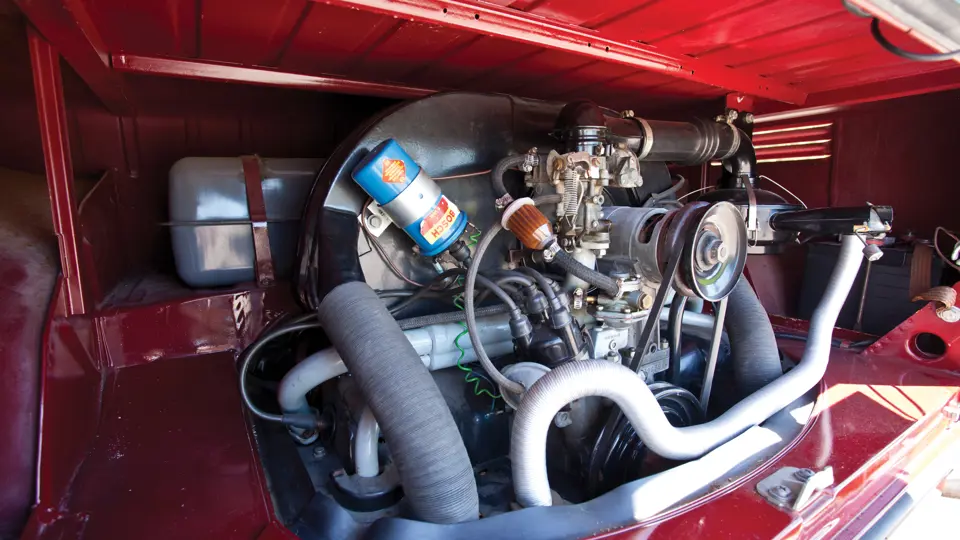


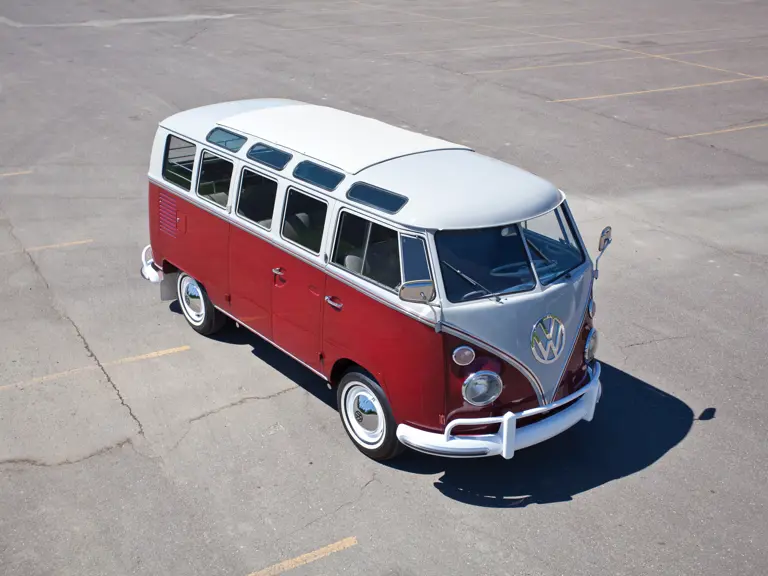
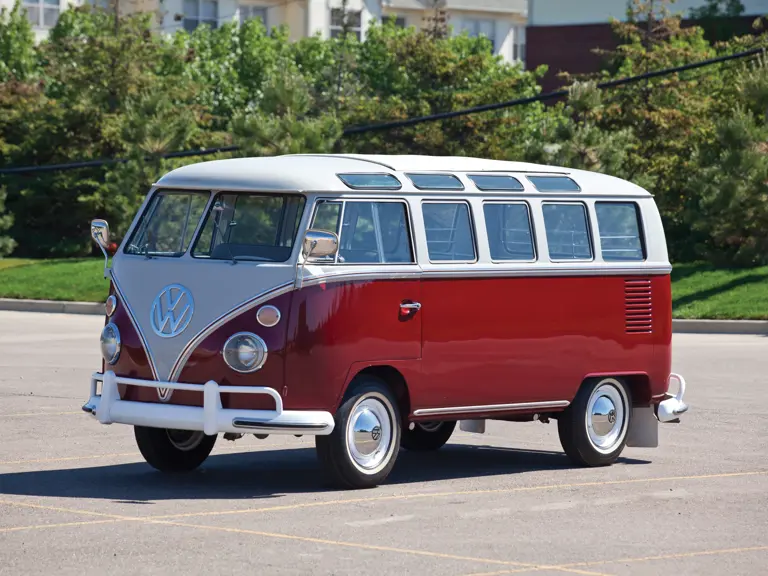
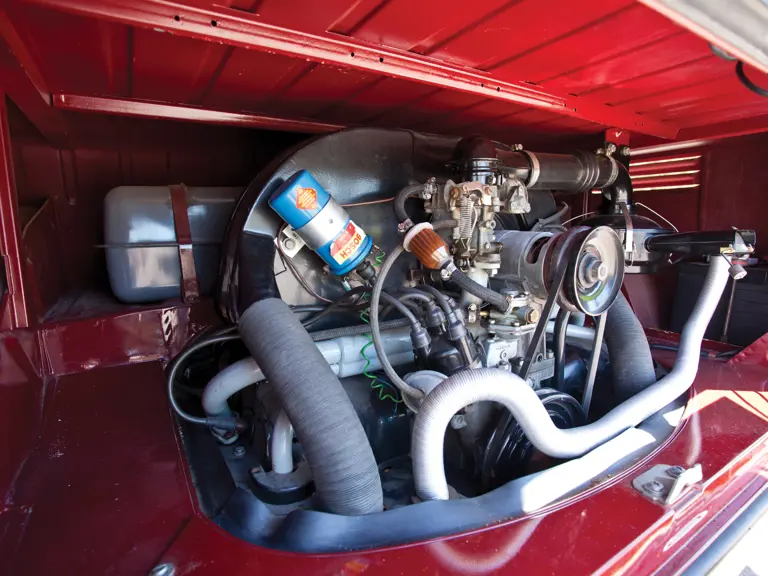
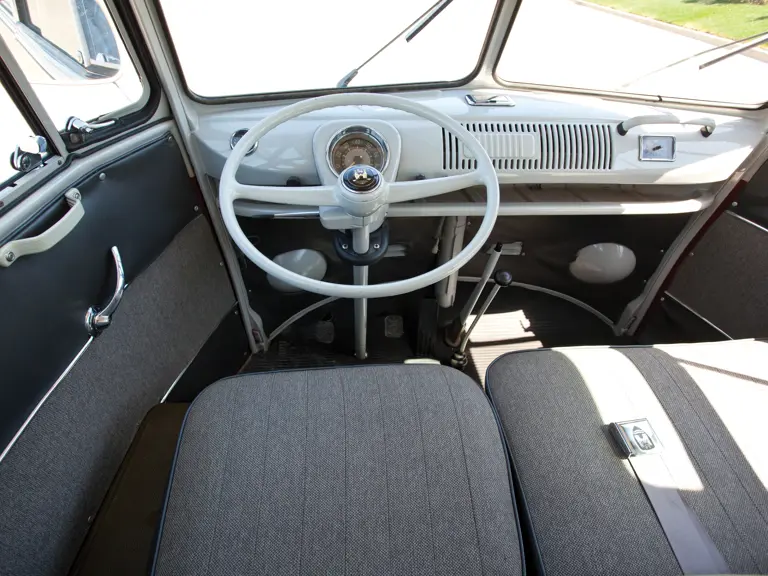
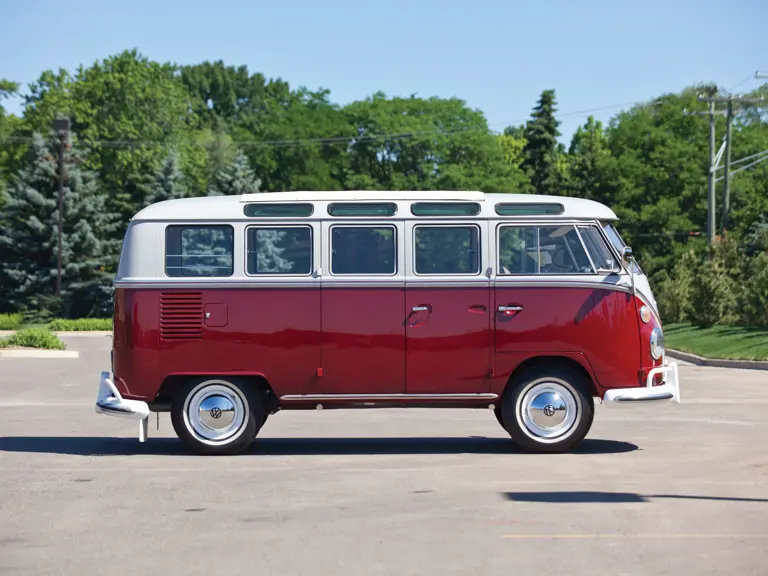
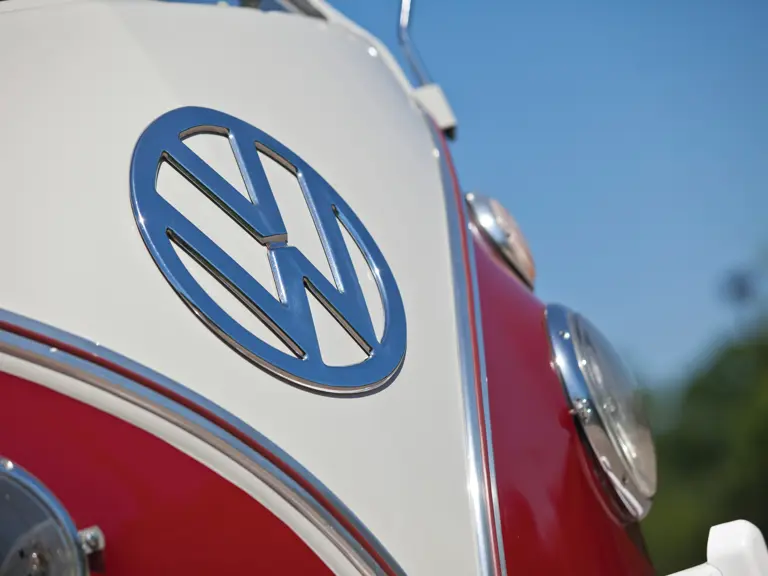


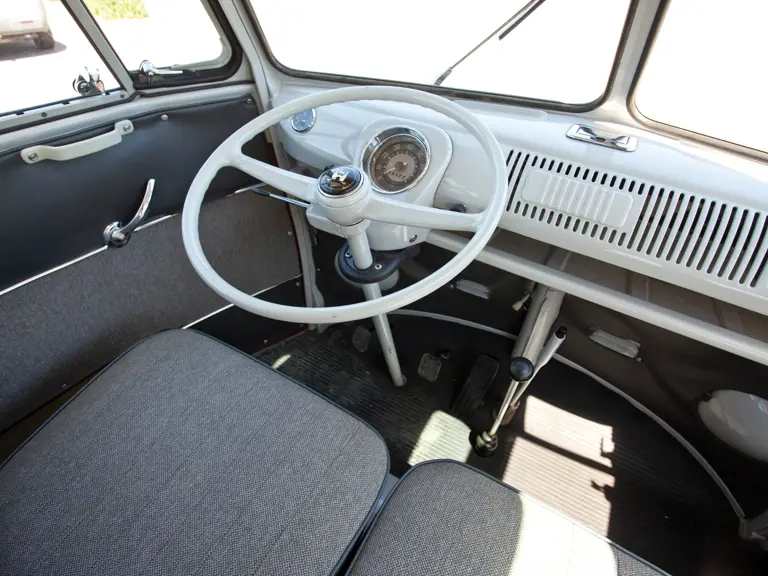
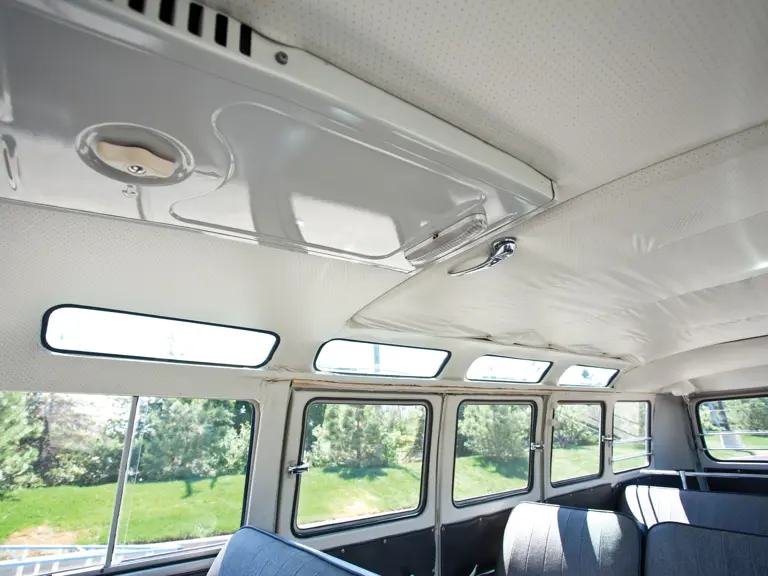
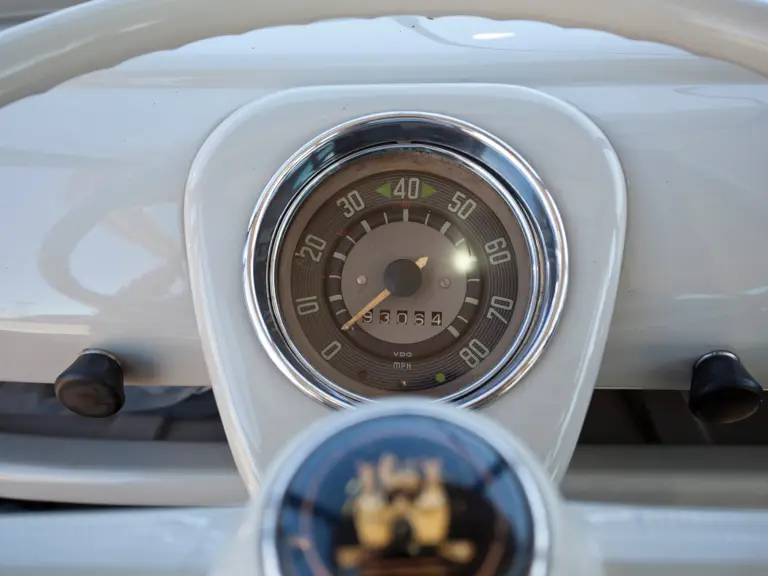
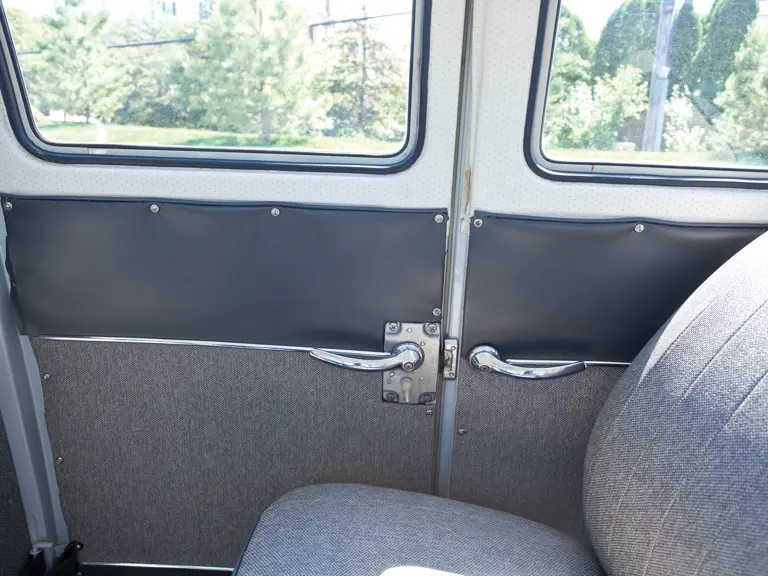
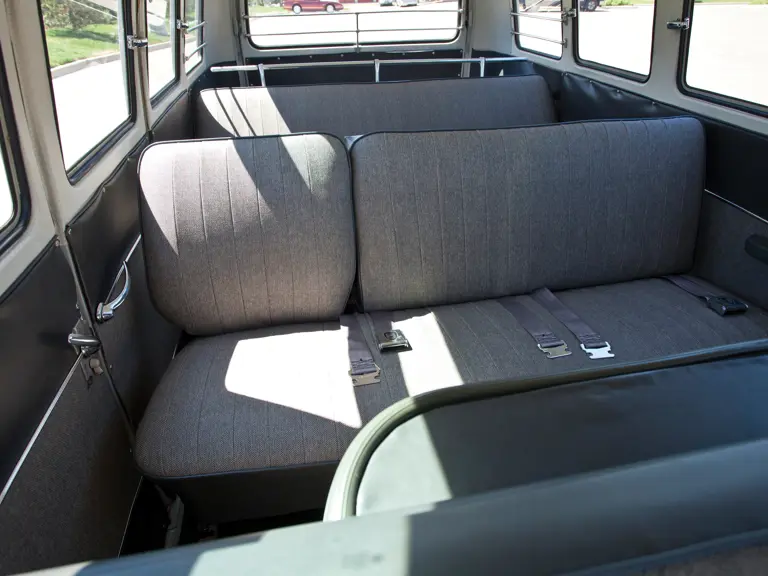
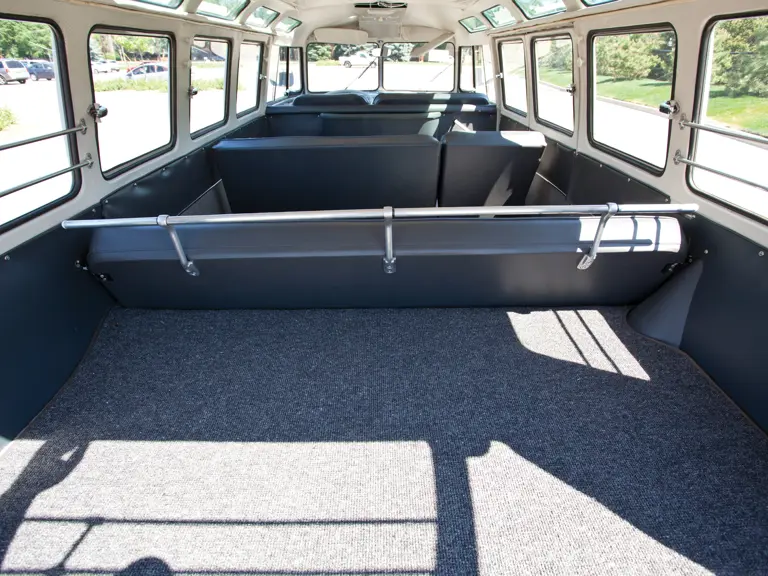

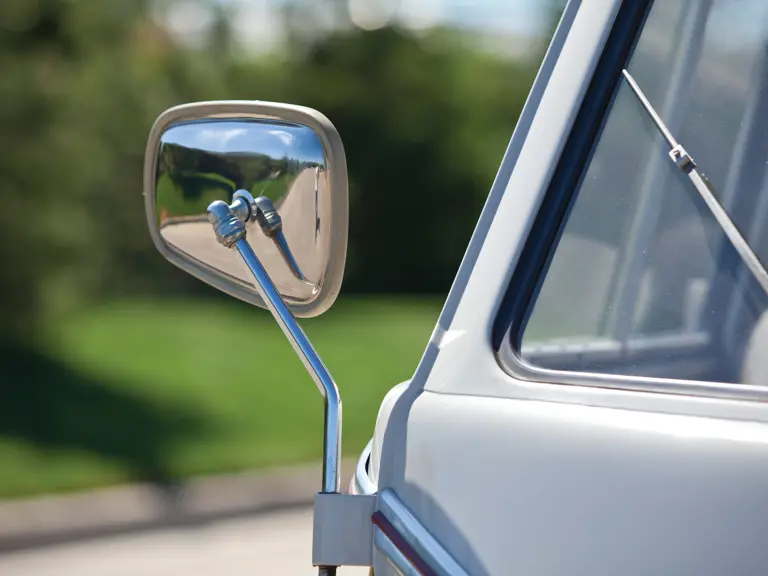

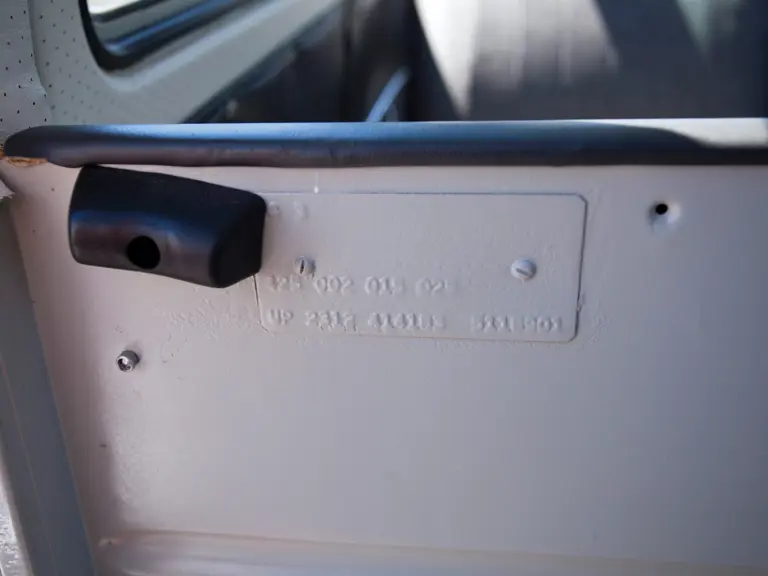
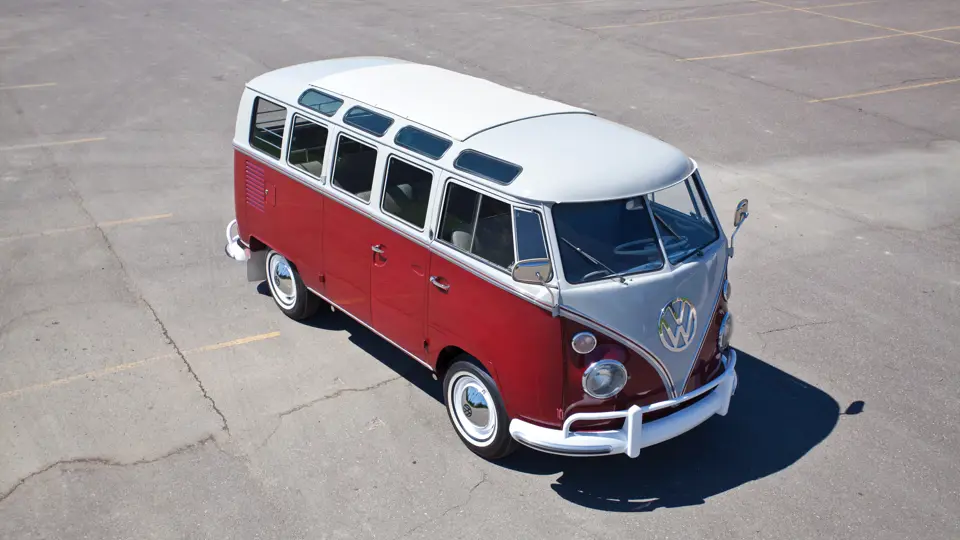
 | Plymouth, Michigan
| Plymouth, Michigan
